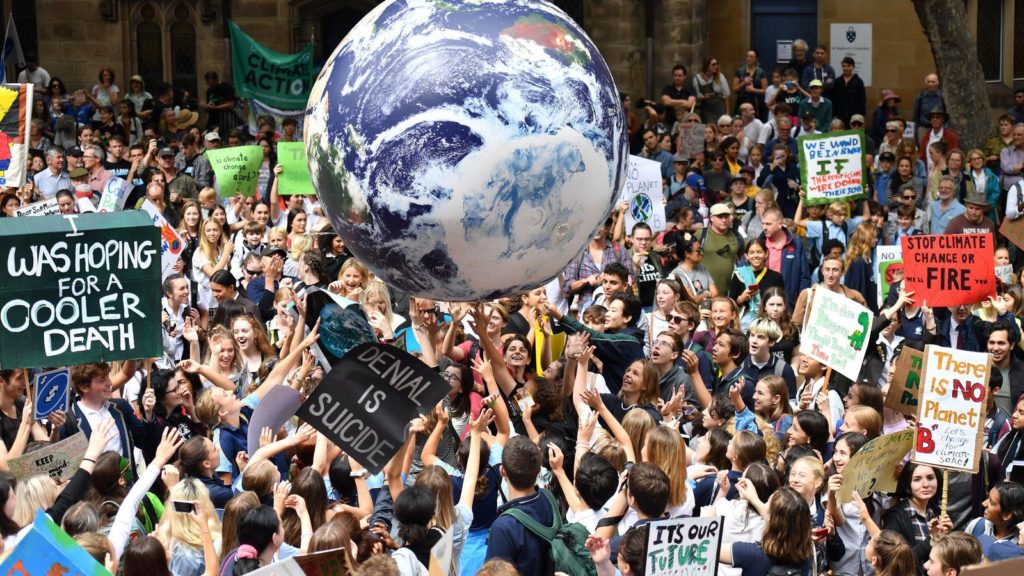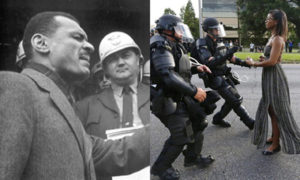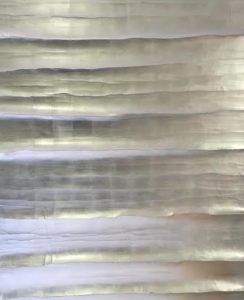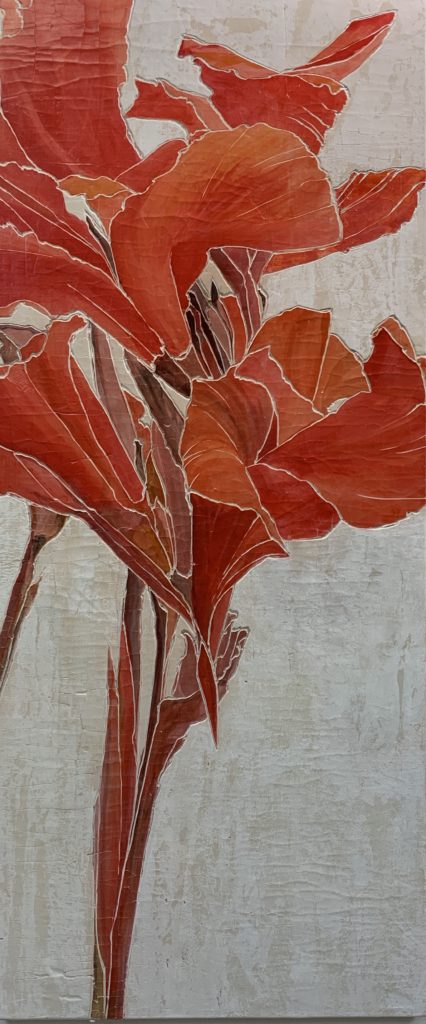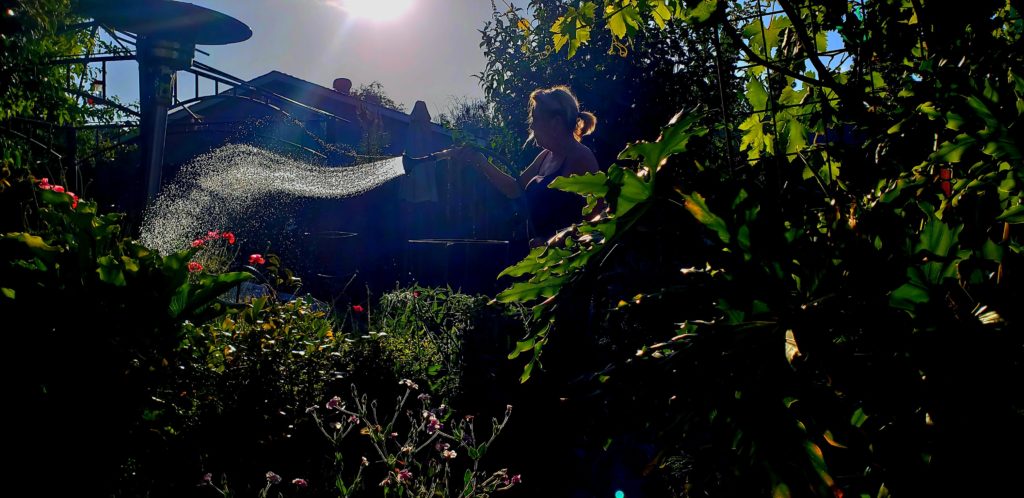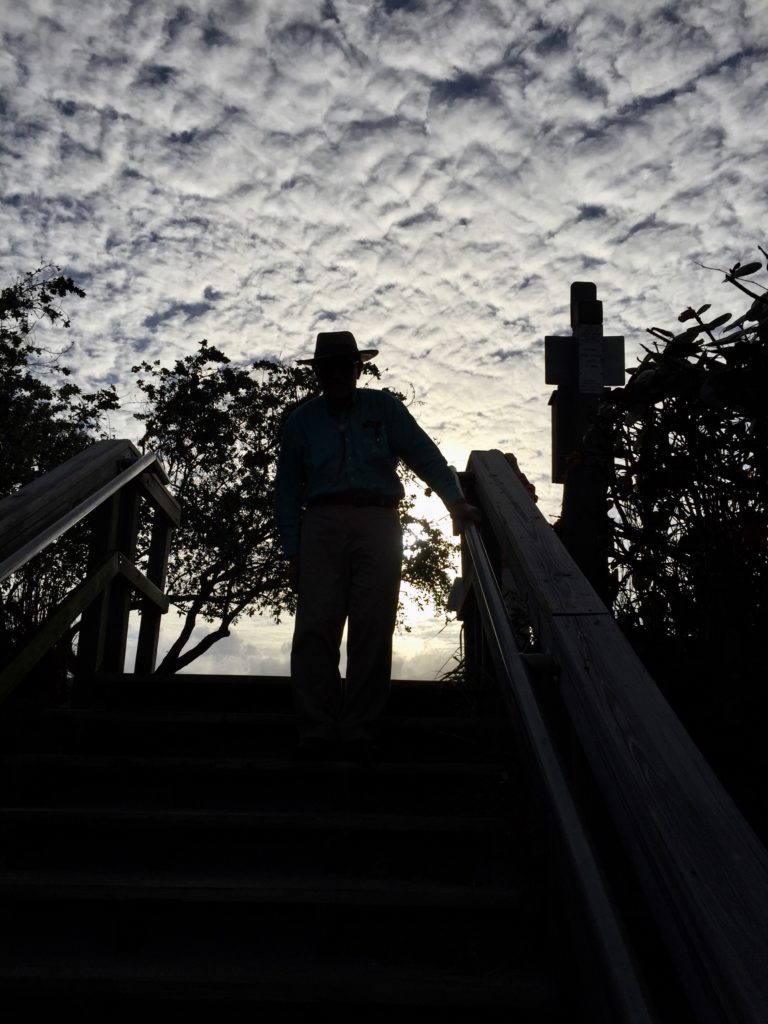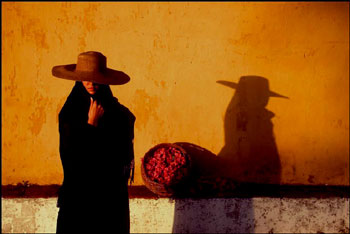The following is a post I wrote recently as a guest on the blog of Mentor Me Executive Director, Deborah Dalton, with whom I have worked for much of the past five years.
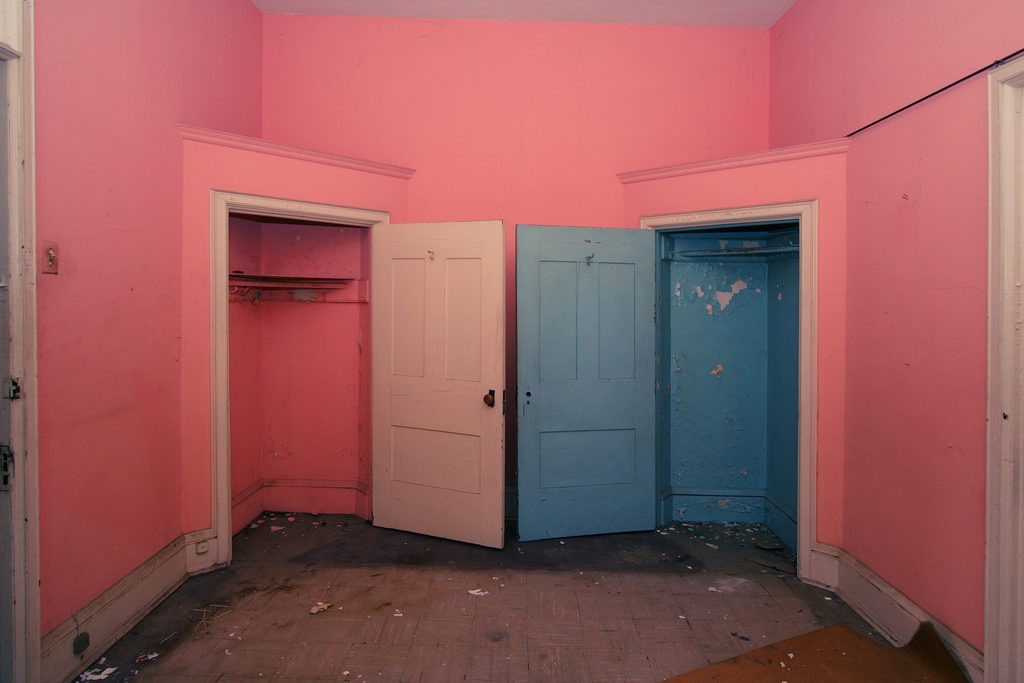 Once upon a time, in another life I once led, I was a Baptist preacher.
Once upon a time, in another life I once led, I was a Baptist preacher.
On one Sunday, in a service led by one of our church members, a sermon was given about what it was like to be gay. Our church was very progressive for this time and had been ejected by our local association for valuing and honoring both gay members and gay staff, and so this basic theme was not unknown to anyone sitting in the pews.
To make the point of what the struggle of being gay in the world, in America (even in San Francisco) at that time our guest preacher made the statement, “if you aren’t gay you can’t possibly understand what it’s like to always be living in a closet.”
Sitting in the middle of the church, I looked up, startled, and my eyes grew wide and my mouth dropped open.
Seriously!? I was astonished!
Did he really believe that there are no other kinds of closets in the whole realm of human experience!? Did he really feel that his pain was so completely unique that anyone who did not share his exact experience could not possibly understand the feeling pain, isolation, and horror that living in a closet could bring?
At the time, I was living deeply buried in a closet of my own making that had nothing to do with being gay, my closet – closets actually – tended to be of a different nature, yet ones just as isolating and alienating as the closet he had experienced and was now describing.
For me, in the midst of this church filled with people who were my closest friends, I suddenly felt alone, unseen, unknown and unvalued. I was hurt, and not just a little bit angry.
How could my pain and my isolation be so unimportant as to be completely disregarded in the church where I had served as a pastor for nearly a year and called my spiritual home for over a decade?
Since that time 35+ years ago, I’ve stepped out of some of those closets, and I’ve remained in others, and I’ve even found a few new ones to step into from time to time along the way. Each closet is different from the others, and my experience inside them is certainly unique to me.
As unique to me, as his was for him.
Yet all of them have been dark, and tight, and silent, and cold. All of them have left me isolated, alone, and in deep pain.
That is the nature of closets. Not only do they keep us hidden from the world, they keep us out of touch with that world, and even hidden from and out of touch with ourselves. With no light, no sound, and no room to move, we can’t live our “one wild and precious life” (as Mary Oliver describes it). We are instead reduced to silence, frustration, and sometimes despair so deep and so vast that it can even lead to death.
When I was in 5th grade I was a really good student (at least academically, though perhaps not so much behaviorally). I got really good grades and was accepted into the “academic club” that my teacher created fro some of us. It was sort of a 5th grade version of Rotary. We were supposedly the high achievers who would then do service work, like painting the black top for the basketball courts, and cleaning up around the school.
One day in class, I got in trouble for talking too loudly and too much (anyone who knows me now will not find this particular behavior difficult to believe). For my transgression I was summarily ejected from the club, which seemed completely unfair, since the qualification for the club was based on academics and not behavior, but in addition, I was exiled to a closet in the back of the classroom where I was left to sit in the dark, with the door locked for some, now unremembered, extensive length of time.
To my 10 year old brain (and frankly to my 63 year old one now) it was an enternity; I remember that experience very clearly even to this day.
When I was finally let out of my closet, I didn’t speak.
When I went home I didn’t speak.
When I returned to school for open house that evening, I didn’t speak.
And I kept it up… for a month!
At the time, my 10 year old brain told me I was taking a stand for justice, that I was being courageous and defiant. I was proving to myself that, “I am the master of my fate. I am the captain of my soul.”
As I have carried the experience with me through the years, and as I ponder it now, I realize that this was the reaction of a traumatized little boy.
Ultimately, that is what the closet does to you!
That very literal closet that I was forced into as a 10 year old has affected my my whole life. I still have moments when I act in a certain way, or react to something that happens, with the stubborn angry silence I took on after experience and I very quickly recognize the root cause of that behavior.
I can also point to circumstances throughout my over 50 years since the experience when I have avoided a challenge, or simply chosen to shrug off a difficult situation because of an innate fatalism that, upon reflection, stands up and identifies itself as the little boy at Highland Elementary School in 1964.
This the damage that closets do. Both literal and metaphorical closets cause deep, long-lasting trauma and damage. Virtually everyone experiences these closets at some point in their lives.
We humans are really good at making ourselves and others hide the reality of who we really are.
If anyone – the teacher, an assistant, a parent, or another student – had stepped in and opened the door on that little boy sitting isolated in the dark, his face would have brightened, he would have breathed a sigh of relief and he might even have said, “thank you.” He would have most certainly been spared years of slight hauntings and unexplainable pain. He would have felt, and thereby been able to give, more love.
We as mentors, friends and family members, stand in a position to step up to, knock on, and open up these closet doors, and in so doing relieve the pain and isolation of the one inside.
If that well-intentioned, but imaginatively limited preacher from 30 years ago could have gotten out of his closet long enough to see into mine, we both would have found relief.
As Springsteen sings… Closets are for hangers… winners use the door.
 One day
One day![]()

